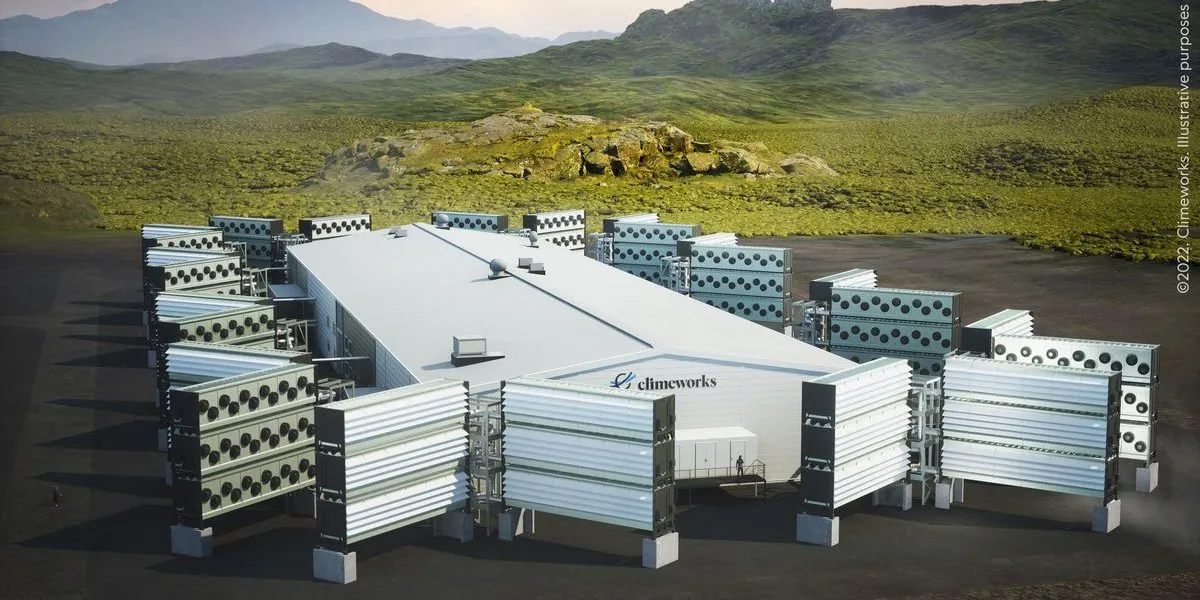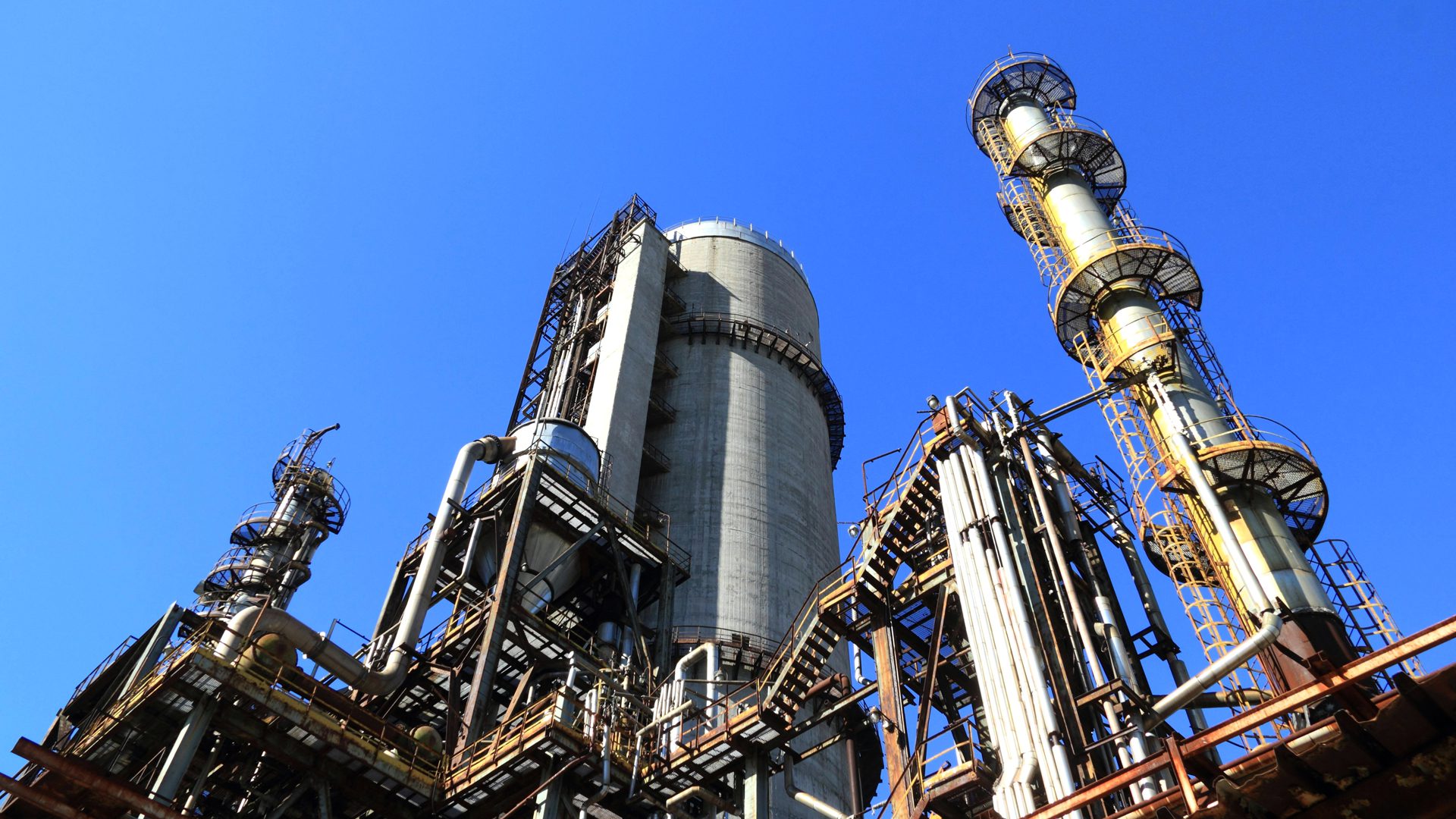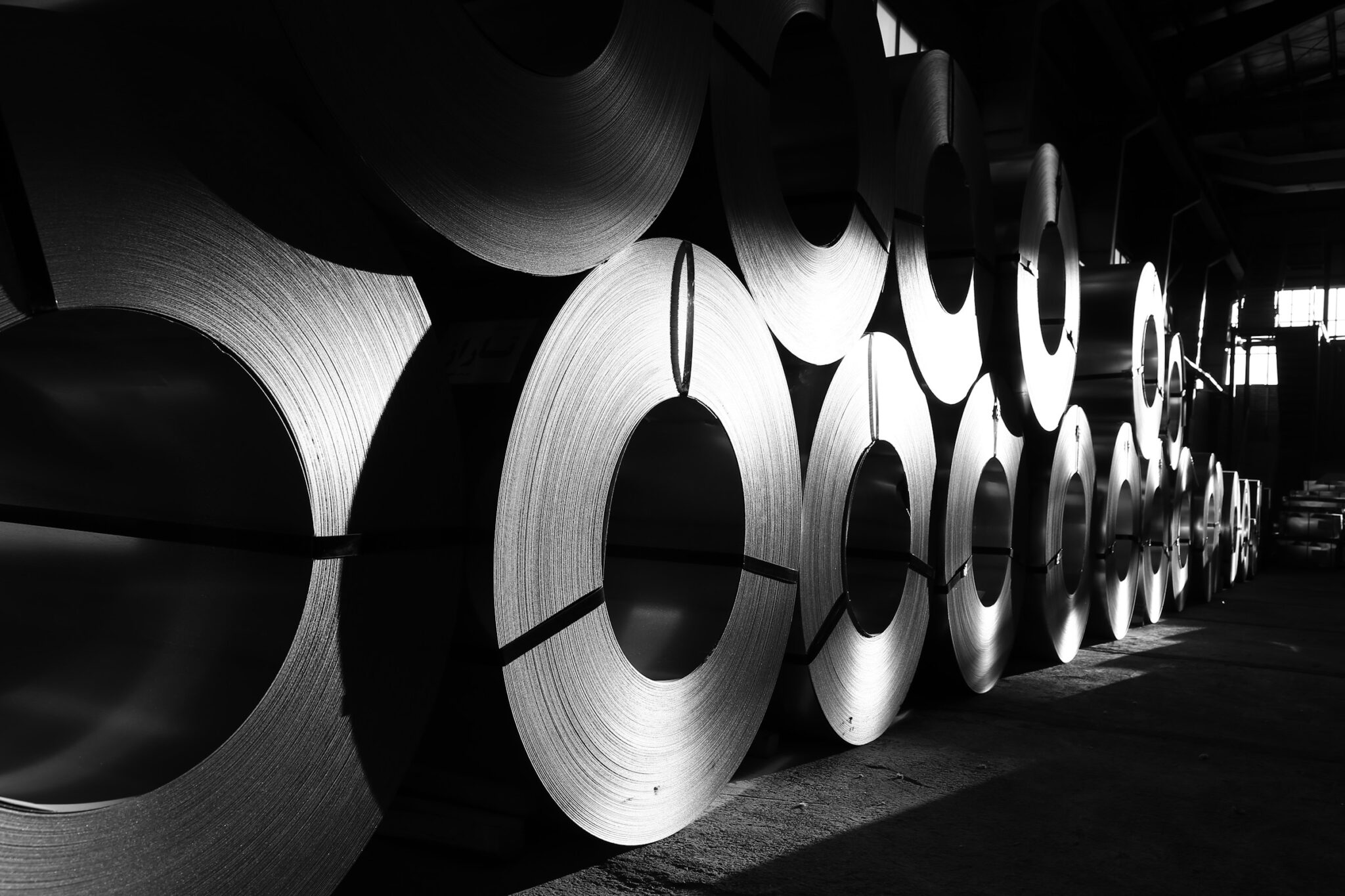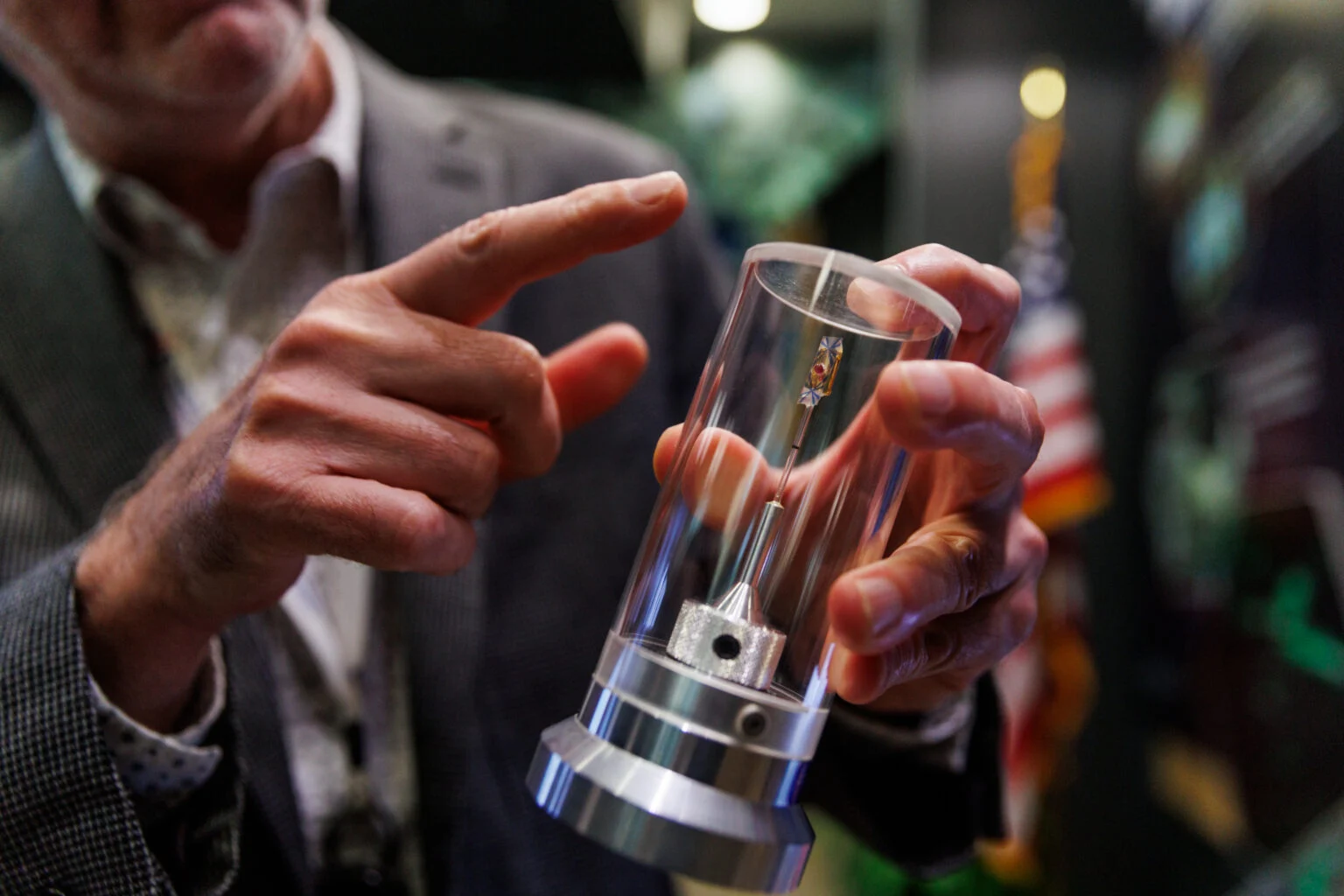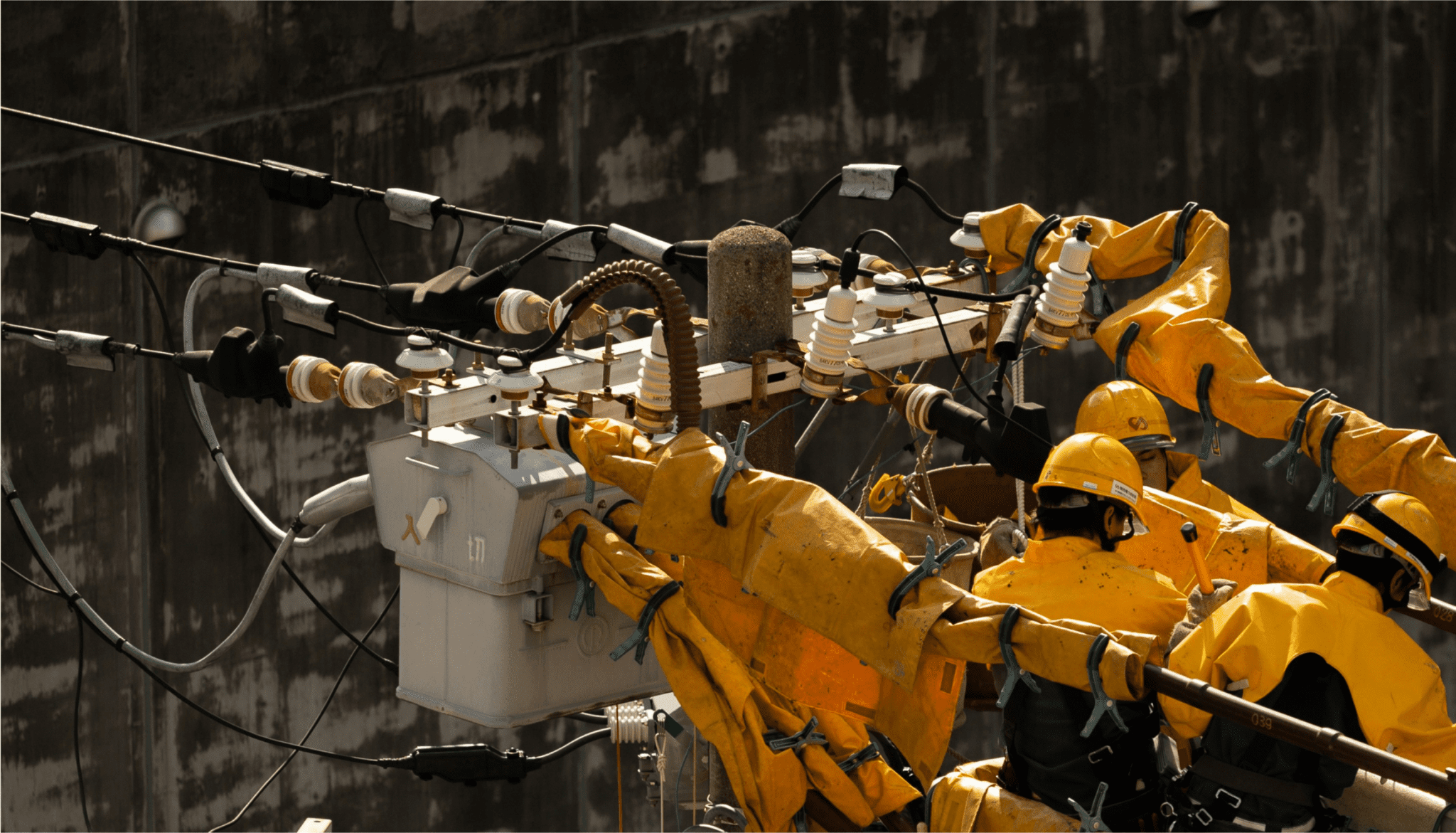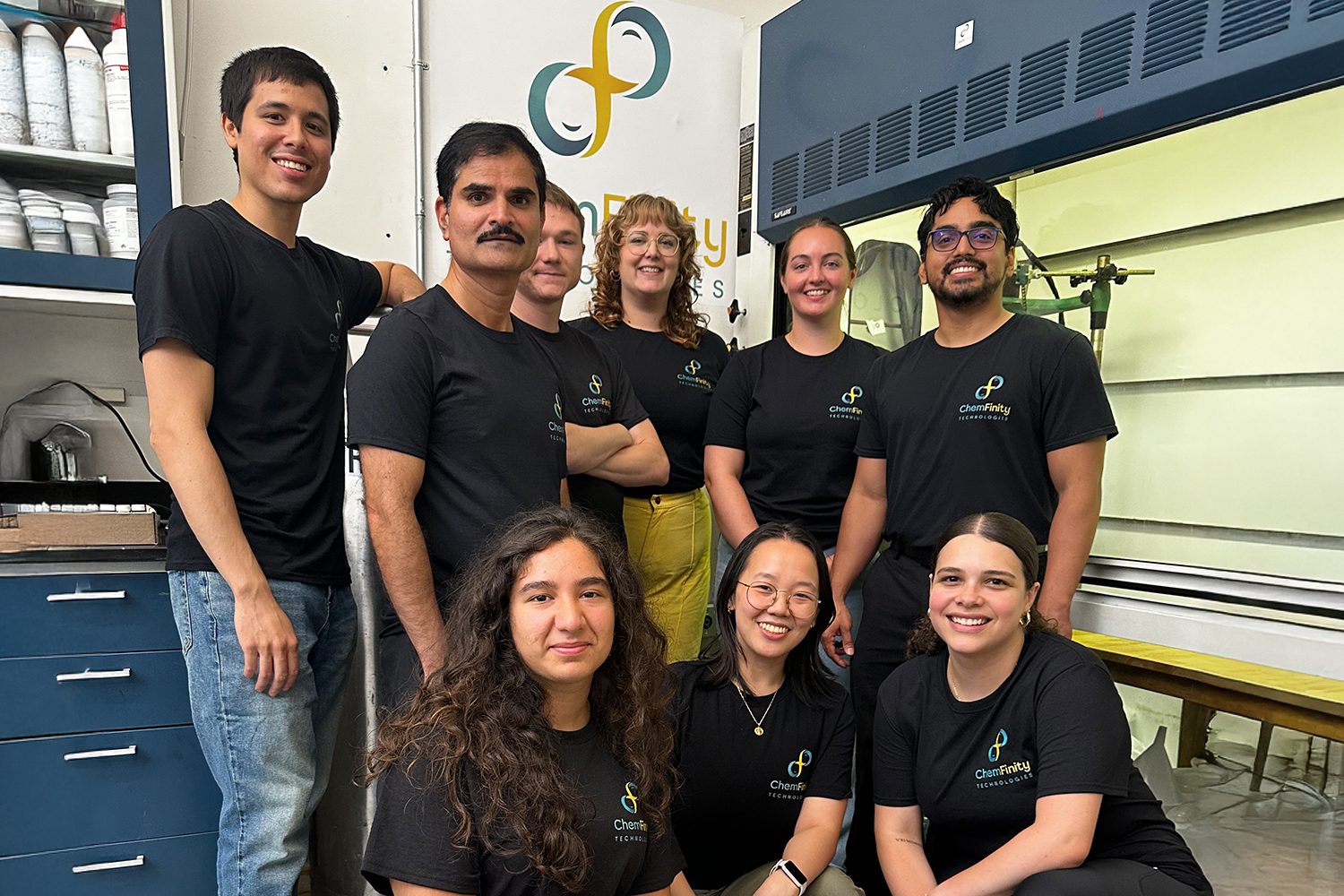You’ve probably heard of direct air capture (DAC). But do you know what it is, how it works, and why it’s essential to meeting our global climate goals?
As we approach COP28 and governments announce billions in funding for new DAC projects, I wanted to explain the purpose and potential of DAC, and why I believe it’s a necessary tool for fighting climate change.
What is direct air capture?
Direct air capture is a remarkable technology that removes carbon dioxide directly from the air. Unlike traditional carbon capture technologies that avoid emissions from fossil fuels at the point of combustion, we can use DAC to remove legacy emissions that are already in the atmosphere. This makes DAC a critical tool in the effort to reduce the long-term global warming impacts that have already been “locked in” by past energy consumption and industrial activities. Think of DAC as a waste management protocol for the atmosphere.
DAC acts like a giant sponge, selectively capturing CO2. A DAC machine draws air in through large fans or direct contact with a special "sponge” material, which can be liquid or solid. DAC holds onto CO2 while allowing other chemicals to pass through. Once the sponge is saturated with CO2, it is “squeezed” by applying heat, volume, or electricity. The CO2 is then permanently and safely stored deep underground, or used in various applications, like injecting it into concrete where it can be kept stable.
Can we scale DAC?
The DAC landscape is rapidly growing. Partnerships, funding opportunities, investments, and deployment are on the rise. And for good reason. To meet our climate goals, DAC must be a global priority given its importance in addressing legacy emissions – not just avoiding future ones. Fortunately, the United States is taking a leading role.
In 2022, the Inflation Reduction Act enacted a tax credit (45Q) that provides a substantial $180/ton for DAC with permanent CO2 storage. The US has also invited countries to participate in the Carbon Management Challenge, a global effort to accelerate the deployment of carbon management technologies. The private sector is joining in, too. In 2022, Climeworks raised the largest-ever DAC investment, equivalent to $650 million. More recently, Microsoft signed a deal to purchase 315,000 metric tons of CO2 removed by Heirloom, estimated at around $200M. Perhaps most importantly, in August 2023, the US Department of Energy (DOE) awarded Direct Air Capture Hub awards to help scale this key technology.
What are DAC hubs?
The Direct Air Capture Hubs program, funded with $3.5 billion through the Bipartisan Infrastructure Investment and Jobs Act of 2021, aims to establish four regional "hubs" for the removal of up to 1 million tons of CO2 per year using DAC technology. These hubs are designed to foster innovation by bringing together multiple DAC companies within the same facility. By sharing infrastructure, these companies can scale their technology more rapidly and cost-effectively. The program also provides support to less mature DAC companies, assisting them in the early stages of technology scaling.
How is DAC different from Carbon Dioxide Removal (CDR)?
Some worry carbon removal solutions like DAC will slow down the clean energy transition and prolong fossil fuel use. But two things can be true: We can and must replace fossil fuels with clean energy sources as quickly as possible. And there is a growing consensus among experts that limiting warming to safe temperatures is virtually impossible without CDR methods (including DAC).
So, what exactly is CDR? CDR refers to methods that remove carbon dioxide from the open atmosphere, not from an emissions source (such as carbon capture and sequestration, also known as CCS). CDR is not a single technology, but rather a suite of measures that include nature-based methods found in the soil, ocean, and trees as well as technological approaches like DAC. Various CDR methods—planting trees, improving soil management, preventing biomass decay, and reacting seawater with abundant minerals—can help remove CO2 from the atmosphere. Each method has its unique benefits and challenges.
What sets DAC apart is that it stores CO2 permanently, right where it was captured. Unlike some natural solutions, DAC offers a measurable, verifiable, and reportable approach, setting a gold standard for carbon removal. While DAC offers a high degree of certainty about how much CO2 has been permanently removed and stored, the challenge is it’s considerably more costly than those methods. This means we need a portfolio approach that makes use of both, as well as significant public and private support for scaling DAC to the level that is required.
What are the benefits of DAC?
DAC not only helps us reach net zero but also allows us to draw down legacy emissions. This means we can transition to a net-negative emissions scenario and start rolling back the climate clock. In addition to its climate benefits, DAC is a win for local communities and economies. It promises to create thousands of jobs in construction, plumbing, electrical work, operations, manufacturing, and other sectors. These jobs are typically well-paying and can often leverage skills from the fossil fuel industry, facilitating a smooth transition for workers. DAC facilities have been operating without safety issues for years, and storing CO2 underground is just as secure as keeping oil and gas underground—it’s safe, effective, and proven.
What now?
The real work begins now. To make a substantial impact with DAC, we need three essential components:
- Dedicated, long-term policy support for DAC and CDR more broadly, including an effort to catalyze demand for carbon removal through public and private procurement efforts—building on work by the Department of Energy and Frontier.
- Extensive education and communication to raise awareness about the needs, benefits, and challenges of DAC.
- Global cooperation to ensure that DAC is deployed worldwide and not confined to just the US.
By achieving these goals, we can take significant strides toward reaching the goal of net zero and create a brighter, more sustainable future for our planet.

